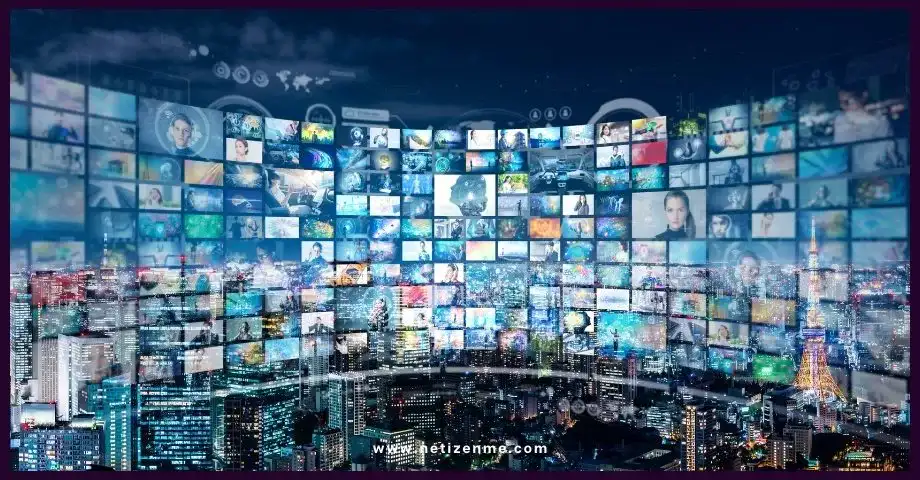In today’s digital age, access to technology and the internet has become increasingly vital for participation in various aspects of modern life. However, not everyone has equal access to these resources, leading to what is known as the digital divide. This phenomenon refers to the gap between those with access to digital technologies and those without access. The effects of this divide are far-reaching and affect different groups in society in various ways.
Effects of the increasing digital divide
What is the main impact of the digital divide?
The main impact of the digital divide is unequal access to digital technologies and the Internet, which creates disparities in various aspects of life, including education, employment, healthcare, and social participation. This divide exacerbates existing inequalities and hinders marginalized groups’ full participation in digital society.
What are the main problems caused by the digital divide?
The digital divide leads to several significant problems, including limited access to educational resources and opportunities, reduced job prospects and economic opportunities, inadequate access to healthcare services and information, social isolation and exclusion, and disparities in regional development between urban and rural areas. These problems perpetuate social and economic inequalities and hinder societal progress and development.
Impact on Education
One significant effect of the digital divide is its impact on education. Students without access to technology or the Internet face substantial barriers to educational resources and opportunities, which can hinder their academic performance and limit their prospects. In contrast, students with access to technology have greater access to information, online learning platforms, and educational tools, giving them a competitive advantage.
Economic Implications
The digital divide also has economic implications, as access to technology increasingly determines job opportunities and financial success. Individuals with limited access to digital resources may struggle to find employment or access higher-paying jobs that require digital skills. This perpetuates existing socioeconomic disparities and can lead to further marginalization of disadvantaged groups.
Healthcare Disparities
Access to digital technologies also affects healthcare access and outcomes. With the rise of telemedicine and online health resources, those without internet access or digital literacy may face challenges accessing essential healthcare services. This can exacerbate health disparities, particularly among vulnerable populations who are already at risk of inadequate healthcare access.
Social Isolation
Furthermore, the digital divide can contribute to social isolation and exclusion. As more social interactions and community activities move online, individuals without internet access or digital skills may become increasingly isolated from social networks and support systems. This can negatively impact mental health and well-being, as social connections are crucial to happiness and quality of life.
Rural vs. Urban Disparities
The digital divide also manifests differently in rural and urban areas. Rural communities often have limited access to high-speed internet infrastructure, leading to disparities in internet connectivity. This lack of access can hinder economic development, educational opportunities, and access to essential services in rural areas, perpetuating the urban-rural divide.
How many people are affected by the digital divide?
The effects of the increasing digital divide on different groups of people affected by the digital divide vary depending on geographic location, socioeconomic status, and demographic characteristics. However, it is estimated that billions of people worldwide lack access to reliable internet connectivity and digital technologies, with marginalized and disadvantaged groups disproportionately affected.
What are the advantages and disadvantages of the digital divide?
Advantages:
- Those with access to digital technologies enjoy increased access to information, educational resources, and economic opportunities.
- Digital tools and platforms facilitate communication, collaboration, and innovation, increasing productivity and efficiency in various sectors.
- Digital technologies can improve access to healthcare services, mainly through telemedicine and online health resources, enhancing healthcare outcomes for some populations.
Disadvantages:
- The digital divide perpetuates social and economic inequalities, exacerbating disparities in education, employment, healthcare, and social participation.
- Individuals without access to digital technologies are disadvantaged in accessing educational and job opportunities, limiting their socioeconomic mobility and opportunities for advancement.
- The digital divide can lead to social isolation and exclusion, particularly among marginalized groups, further marginalizing already disadvantaged populations.
Closing the Divide
Efforts to bridge the digital divide are crucial for promoting equity and inclusion in today’s digital society. This requires a multi-faceted approach involving government initiatives, private-sector partnerships, and community-based solutions. Investments in infrastructure, such as expanding broadband access to underserved areas, are essential to ensuring equal access to digital resources.
Promoting Digital Literacy
Additionally, promoting digital literacy and skills training programs is vital for empowering individuals to navigate the digital world effectively. Training in crucial digital skills like internet literacy, online safety, and basic computer proficiency allows individuals to utilize digital technology opportunities.
What are the effects of the increasing digital divide on different groups in society?
In conclusion, the growing digital divide affects various social groups, impacting education, economic opportunities, healthcare access, social connections, and regional disparities. Bridging this gap requires collaborative efforts to expand technology access, promote digital literacy, and ensure inclusivity in the digital age. Doing so can create a fairer society where everyone has equal opportunities to thrive.
This article is written by:
Our professional writers and editors are passionate about sharing high-quality information and insights with our audience. We conduct diligent research, maintain fact-checking protocols, and prioritize accuracy and integrity to the best of our capacity.
You can cite our articles under the author name "Netizenme"





